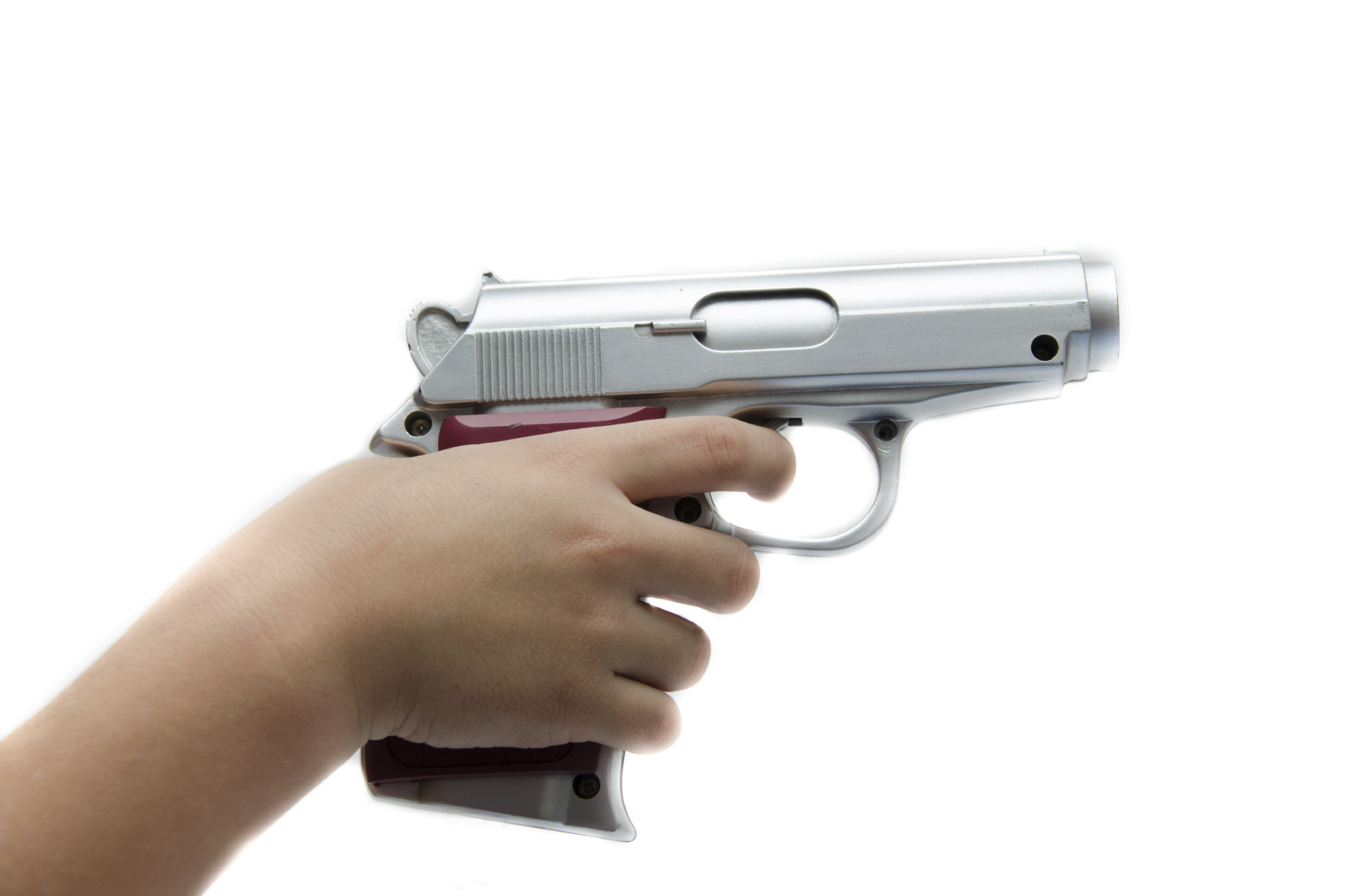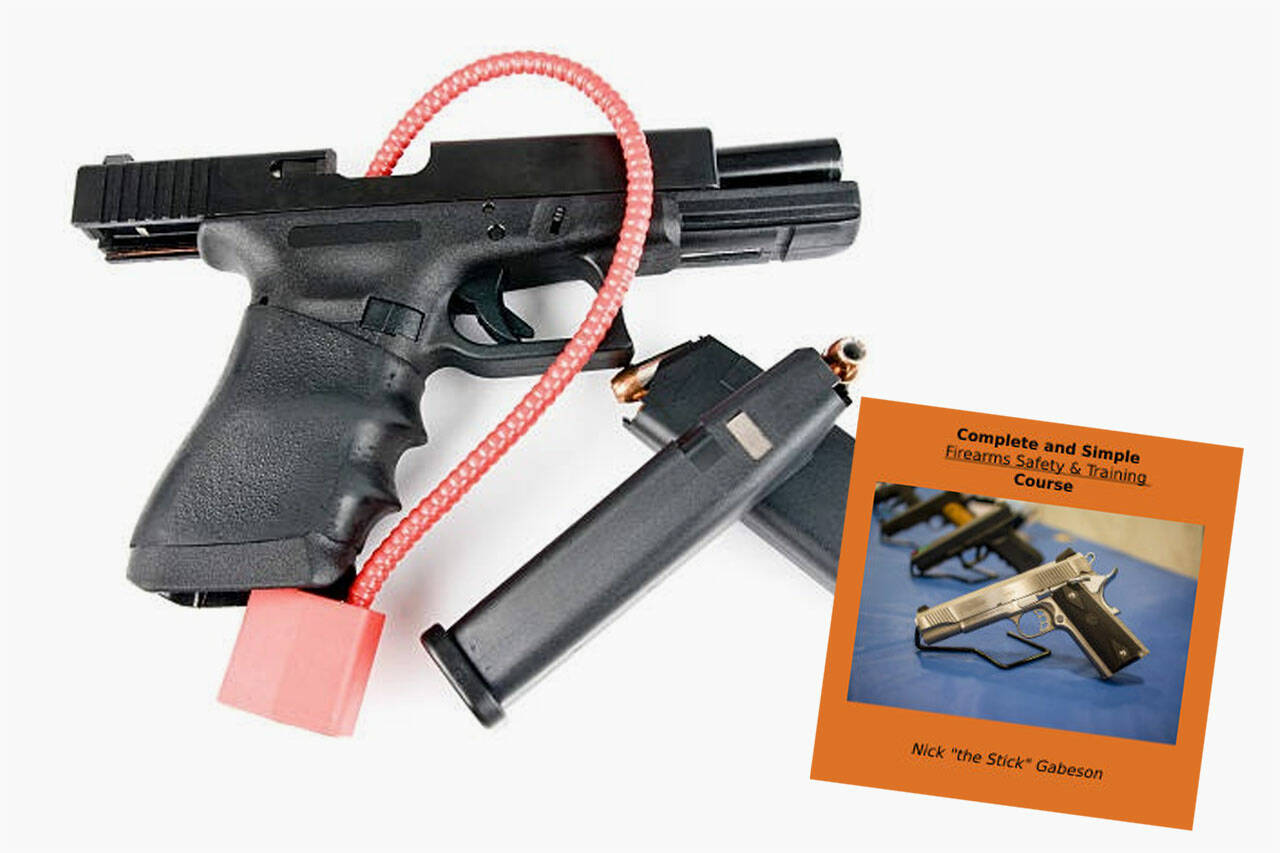Handling A Gun - The correct grip is one of the most important fundamentals to mastering pistol shooting, but most people don't know how to do it! Find out…
We asked Team Springfield™ shooters to put together some of their tips to benefit fans looking for pro tips. The first subject we threw at them was the art of the hand. Let's dive in.
Handling A Gun

The most common email question I get is asking how to align a low, left shot on target (from a right-handed shooter). One of the ways to solve this problem is:
How Gun Control Works In America, Compared With 4 Other Rich Countries
When teaching, I mainly observe the arm/wrist/hand area when students shoot guns. I usually see a noticeable movement in the wrist and hand on the strong side (and sometimes in the arm) before firing. Even the slightest movement before or during firing will cause the gun to deflect, usually in the low, left direction.
I don't care if you "squeeze" the trigger. You can shake all you want if you can keep the gun completely still. IMO, "Don't pull the trigger" should be replaced with "Don't move your wrist."
When Rob asked me to explain my annoying problem #1, my mind immediately went back to earlier in the day. Less than an hour before Rob's message, I was working on some struggling shooters. Each of them suffers from a very common problem that I run into on a regular basis:
Without proper support (i.e. position and strength) from the supporting hand, you are essentially shooting with one hand. One of the first signs of improper use of the handguard is the separation of the main arm and the armrest (partially or completely) when shooting. Many shooters try to fix this problem by constantly adjusting their support arm between shots; however, such adjustment is time-consuming and often short-lived. The lack of use of the hand grip significantly negatively affects the shooter's ability to stabilize the gun when aiming difficult shots and to return the gun to the target quickly after firing.
Holding Guns Stock Illustrations
When they gripped the gun with a firm hand, the membrane between the thumb and trigger finger was 1 to 2 inches below the drum. They must immediately reposition the web higher below the tang/beavertail before they can operate the slide and shoot.
The next time they hold the pistol with their backing hand to load the magazine with their strong hand, they simply switch the gun and stock back to their strong hand before spinning to fire. Or they pulled the gun out of the holster with all four fingers below the holster, which required adjusting the stock to reposition the trigger finger so he could pull the trigger and move the other three fingers underneath the holster. .
My advice is to get the right ammo right away (if possible), whether you take the gun off the tape, unholster it, remove it from the display stand, etc. Every time I hold one of my pistols, whether I'm reloading the magazine, unloading the gun, pulling the gun out of the holster, just looking at it, etc. strong -

The thumb strap is located in the center of the gun's back strap and is positioned as high under the stock as possible.
Gun Rights Advocate Says Rittenhouse Prosecutor Needs Basic Firearm Training
If you can do this every time you handle your pistol, you'll be continually reinforcing your correct grip and muscle memory will soon prevail.
Whether it's a competition like the USPSA, the Camp Perry shooting range, or a defensive pistol event, timing and its effect on the end result is a factor in most shootings. Time involved in competitive shooting can generally be classified in two ways: spending as little time as possible (or doing things as quickly as possible) or making the most of the time allotted. However, individual defense time is not fixed or infinite, but rather a frequently used and measurable consideration in the decision-making process. So, when actually shooting pistols from a personal defense standpoint, how can we gain more time to make decisions and/or react to evolving situations?
Many times in the classroom (as well as in the competition arena), I have seen marksmen waiting to move from one target or part of the firing array to another until they have completely solved the problem. current problem. While more common in defensive gun deals, this is not necessarily a bad thing, as it is essentially an assessment of a person's past actions and the results they have achieved.
However, the sooner you get to the point of evaluating the previous action, the sooner you can move on to the next issue. Here, the application of proper imaging techniques will contribute to the speed with which you can assess a problem. Simply put, the better you hold the gun the less it moves, and the less it moves, the sooner it will return to its target, giving you more time to assess what you've done. effective or not. My friend Clint Smith has a saying: “You have the rest of your life to solve problems. How long your life lasts depends on how well you do it.” So embrace the gun as if your life depended on it, because it can.
Firearm Safety Course Teaches Kids Dos And Don'ts Of Gun Handling
When I taught a concealed carry permit course, we spent the first day of the class discussing safety, state self-defense laws, basic shooting techniques, and — I Did you mention safety? On the second day at the shooting range, after discussing safety again, I will ask my students to shoot a group at 5 yards and 10 yards, and my main goal is to observe how the students hold their hands. pistol. Although I sometimes ask students to shoot revolvers, most use semi-automatic pistols, such as the 1911 XD® series, or shoot strikers. So this is the product I will focus on.
What I noticed right away is that most shooters will place their primary thumb on top of the support hand's top thumb, with the thumb almost down. If you can picture a good revolver grip, this is what many shooters do when shooting their semi-automatics.
However, most firearm instructors and proficient shooters hold pistols in the high thumb position. Visualize the thumb of my main hand resting on the thumb of the supporting hand, with both thumbs pointing slightly toward the muzzle. The thumbs should look like they're on a straight line with the slider/barrel.

This thumb grip/grip allows you to apply more force to your support hand on the pistol and push your hand above the pistol as high as possible. The best part about this grip is that it reduces the muzzle flip!
Gun Safety Tips: Ways To Avoid Danger When Handling A Gun
With this and other tips my Springfield teammates suggested, get out on the field, try these techniques and see if you notice an improvement…
Post A Comment:
0 comments so far,add yours